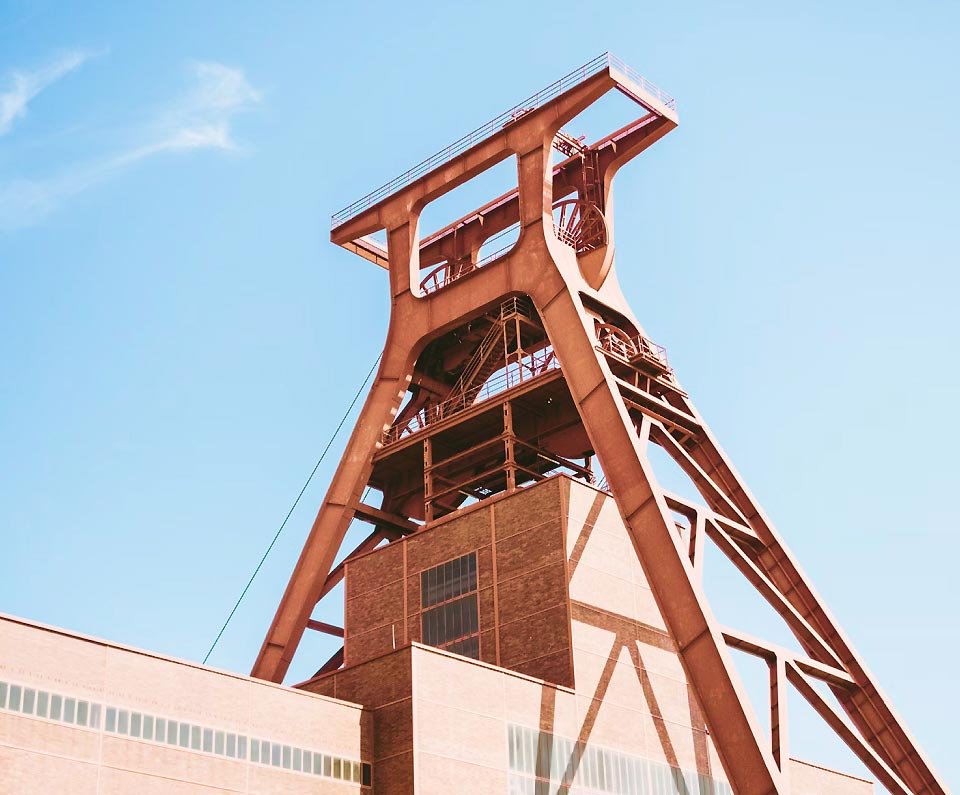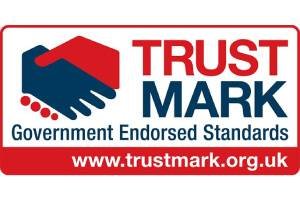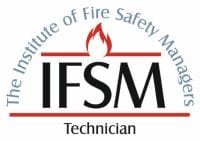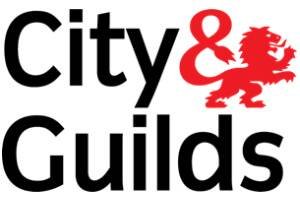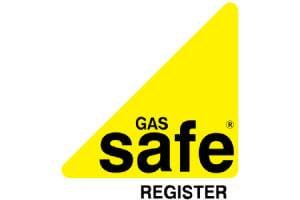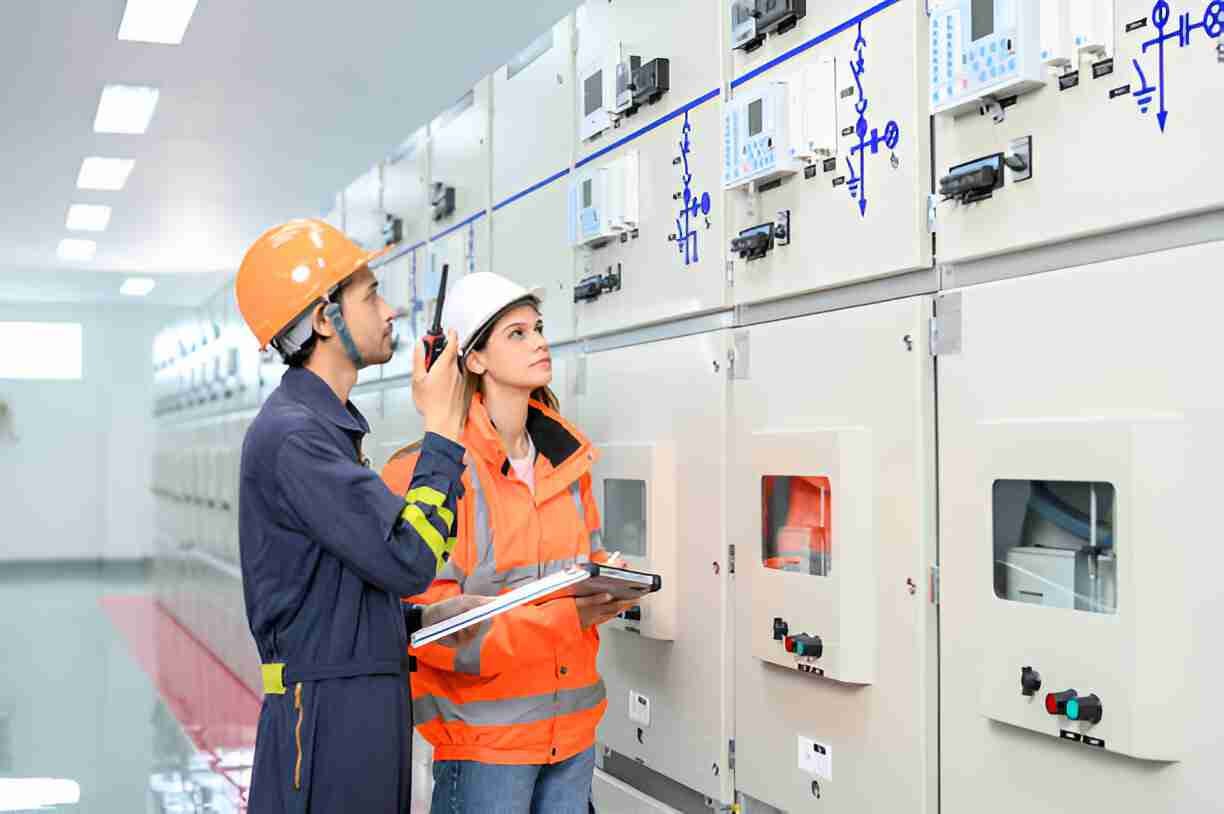
Knowing the cost of a commercial Electrical Installation Condition Report (EICR) is important for every property owner. A variety of factors can influence these prices, including the complexity of the electrical setup and where the property is located. By staying informed about these elements, businesses can manage their budgets more easily and plan. However, making sense of all the compliance requirements and safety checks may leave you wondering what this means for your property in the long run.
Key Takeaways
- Commercial EICR cost can fluctuate based on the size, complexity, and age of the electrical setup.
- Accessibility matters; if specific areas are difficult to access, it can add more time and cost to the inspection.
- Avoid last-minute testing to sidestep extra fees; plan well in advance.
- Consider arranging multiple properties for inspection at once to cut down on expenses.
- Always choose experienced, well-reviewed electrical firms that offer transparent pricing and top-notch service.
What Exactly Is a Commercial EICR?
A commercial EICR is a formal check of a business’s electrical systems, designed to verify safety and compliance with regulations. The inspection looks at wiring, circuits, and other electrical components to detect any hazards that might pose a risk. Securing an up-to-date commercial EICR certificate not only proves that the business is safe and legally compliant, but it also improves trust among clients and stakeholders.
In London, commercial EICR costs often depend on the size and age of the premises as well as the complication of the electrical setup. A certified electrician will check everything carefully and record any faults that need fixing.
Key Factors That Affect the Commercial EICR Cost
Several elements can influence the overall commercial EICR cost in London. First, larger properties with complex or outdated systems take more time to inspect, and this is usually reflected in the price. Older installations may need more thorough testing and extra remedial work.
Accessibility is another critical factor. If areas are challenging to reach, such as ceilings, basements, or locked-off rooms, this can slow the process and raise the cost. Location matters too; rates can vary depending on regional differences in labor and travel expenses.
Finally, urgent inspections requested on short notice may attract extra fees, so early booking is recommended. Knowing these cost drivers in advance can help you make smart decisions and budget properly without surprises.
Landlord safety certification offers the most reliable services at affordable prices throughout London.
What to Look for in a Reliable EICR Provider
When choosing an electrical contractor for your EICR, it pays to look at their credentials first. Check they’re accredited with a recognised industry body to ensure they meet strict safety and competency standards. Prior experience with commercial premises is also essential; a provider familiar with larger-scale electrical setups will point out your site faster and more effectively.
Using up-to-date diagnostic tools is another positive sign of a professional team, as it usually means they can offer a more accurate and less disturbing service. Transparent pricing and straightforward communication will also make the process smoother. Finally, look at online reviews or client recommendations to see if past customers were satisfied with their work.
Landlord safety certification has expert and professional engineers at affordable prices throughout London.
Common Issues Found During a Commercial EICR Inspection
It’s helpful to know what an EICR typically uncovers so you can plan. Common problems include outdated wiring that may no longer meet current safety standards. Poor earthing or bonding, which can cause equipment to fail, is another issue that crops up regularly.
Inspectors also often discover overloaded circuits, which present fire hazards, as well as damaged lighting fixtures or emergency lighting that wouldn’t work correctly in a blackout. Other signs of wear and tear, like cracked switches or low-quality cables, might also be identified for replacement. Poor cable management can create further complications for future maintenance, too. Addressing these kinds of faults not only improves safety but also supports better energy efficiency and easier upkeep going forward.
What Happens If Your Commercial Property Fails the EICR Test?
If your commercial premises fail their EICR, the first step is to go through the report carefully. Every issue will be listed alongside its recommended solution so you’ll have a clear plan of action. It’s then vital to contact a qualified electrician to put those repairs right without delay, as this will ensure compliance and improve the safety of your site.
Once all of the identified problems have been fixed, you’ll need to arrange a follow-up inspection to confirm that everything meets the current regulations. Addressing these matters promptly will help you avoid legal trouble and increased insurance premiums. Some businesses even choose to upgrade their electrical infrastructure at this stage, using new safety technologies to reduce future risks and make sure they stay ahead of the requirements.
How Location and Accessibility Impact Commercial EICR Cost
Where your property is located and how easy it is to reach all areas can make a notable difference to the final Commercial EICR Cost. In city centers and other high-demand areas, electrical inspectors often charge higher rates due to increased travel time and general operating expenses. In contrast, rural properties can sometimes enjoy more competitive pricing, though travel distance could also come into play.
Access also affects the price. Multi-story offices and large commercial spaces with complex layouts require more time on site, which adds to the overall labor charge. Some businesses use modern tools like remote testing devices to help keep the process quicker and less expensive, but traditional hands-on inspection is still the most common practice.
By understanding these practical factors, you can make more accurate cost estimates and arrange the most efficient inspection schedule.
Benefits of Getting an EICR Inspection
Beyond simply fulfilling a legal requirement, there are real advantages to booking a regular commercial EICR. Safety is always the top priority. Routine checks help spot potential risks before they cause harm, making your property a safer place for everyone.
EICRs can also save you money over time. Identifying and fixing minor problems early often prevents expensive repair bills later. Plus, electrical systems that are well-maintained tend to run more efficiently, which can reduce energy use and boost overall productivity.
Having up-to-date EICR certification also reassures clients, tenants, and insurance companies that you take safety seriously. It can improve the reputation of your business and help you plan future improvements more effectively.
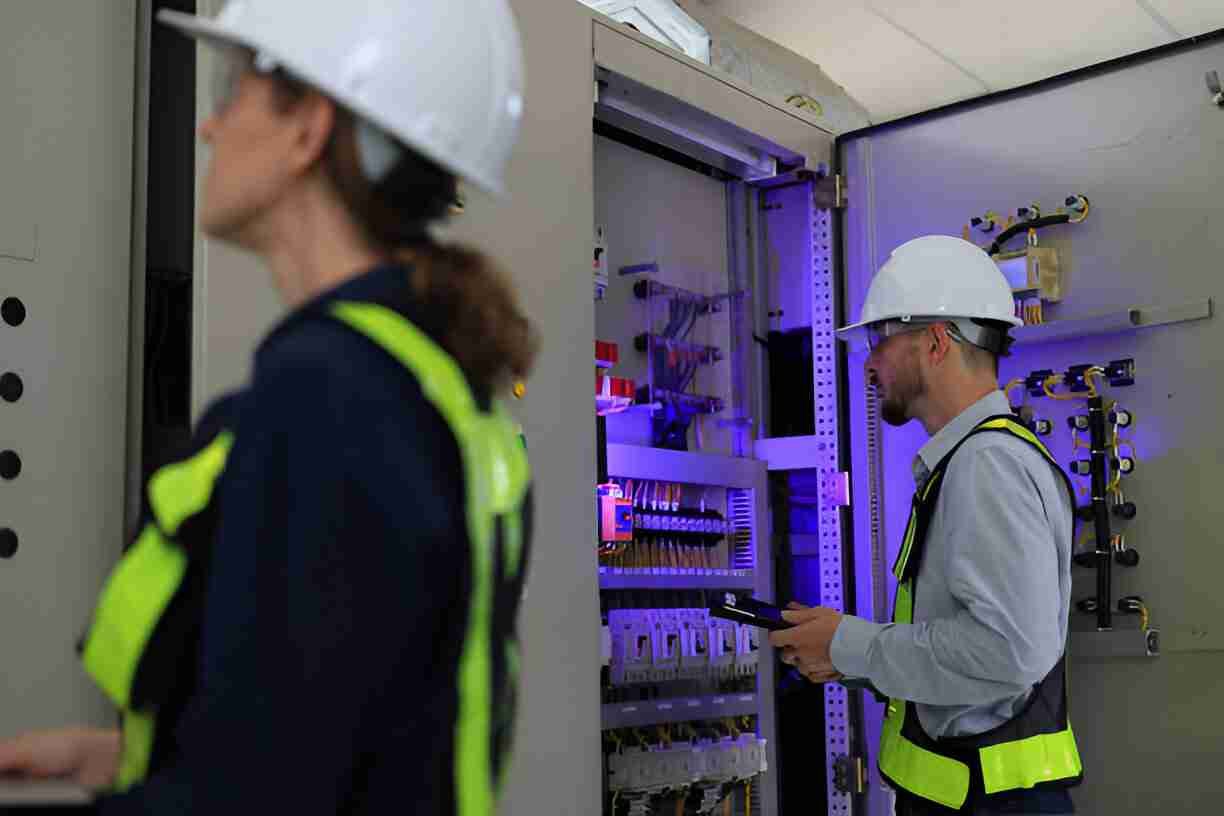
Average Commercial EICR Costs in the UK
So, what can you realistically expect to pay? For smaller commercial premises, you’ll typically see prices ranging between £150 and £300. Medium to large premises may cost from £400 to £800 or more. Factors such as the number of electrical circuits and the accessibility of testing points will all influence these rates.
While the up-front commercial EICR cost is an important consideration, remember that a thorough EICR is an investment in your property. It helps to catch hazards early and supports smooth, safe operations for years to come.
Landlord safety certification offers the most reliable services at affordable prices throughout London.
Difference Between Residential and Commercial EICR Costs
There’s a notable difference between residential and commercial EICR costs, and that’s mainly down to scale and complexity. Homes have fewer circuits, making testing quicker and less costly. In contrast, commercial spaces often contain more complex electrical networks, including three-phase power supplies and specialised equipment that demand more time and expertise to assess.
Regulatory standards also tend to be stricter for commercial premises due to the larger number of people and higher electrical loads involved. Knowing these differences can help commercial property owners plan budgets more accurately and make informed choices about their safety obligations.
Frequently asked questions.
Conclusion
Taking the time to understand Commercial EICR costs can help business owners plan better and stay on top of their responsibilities. By comparing prices, choosing a trusted contractor, and booking tests in advance, you’ll gain the most value for your money. Keeping up with regular inspections doesn’t just meet legal obligations, it keeps your premises safe, your insurance valid, and your future repair bills to a minimum.

